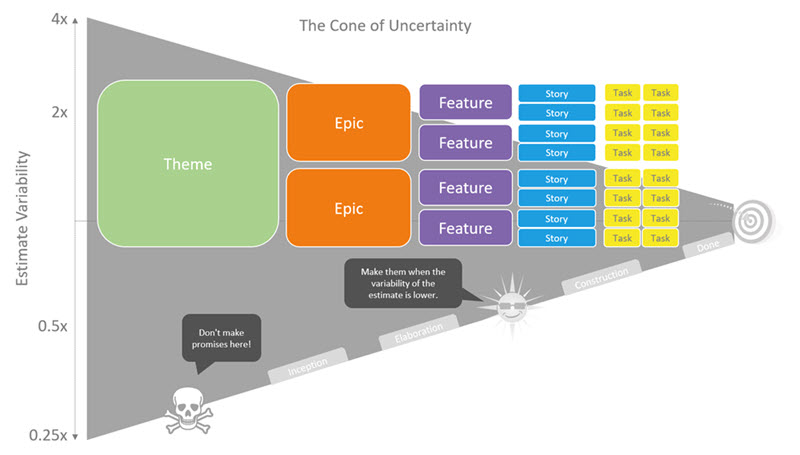
Difference between Set-based development and Point-based development
Last updated: May 21, 2024 Read in fullscreen view
- 15 Feb 2024
 What is a Cut-Over in Software Development? 38/1197
What is a Cut-Over in Software Development? 38/1197 - 10 Apr 2022
 Agile self-organizing teams: What are they? How do they work? 28/435
Agile self-organizing teams: What are they? How do they work? 28/435 - 02 Nov 2023
 Differences between software walkthrough, review, and inspection 27/2004
Differences between software walkthrough, review, and inspection 27/2004 - 21 May 2022
 "Fail Fast, Fail Often, Fail Forward" is the answer to Agile practices of software success 18/941
"Fail Fast, Fail Often, Fail Forward" is the answer to Agile practices of software success 18/941 - 01 Feb 2024
 How long does it take to develop software? 6/210
How long does it take to develop software? 6/210 - 20 Nov 2022
 Agile working method in software and football 5/323
Agile working method in software and football 5/323 - 12 Oct 2020
 The Agile Manifesto - Principle #8 2/447
The Agile Manifesto - Principle #8 2/447 - 07 Oct 2020
 How To Manage Expectations at Work (and Why It's Important) 2/266
How To Manage Expectations at Work (and Why It's Important) 2/266 - 03 Jul 2022
 Manifesto for Agile Software Development 2/240
Manifesto for Agile Software Development 2/240 - 02 May 2022
 What Is RAID in Project Management? (With Pros and Cons) 2/734
What Is RAID in Project Management? (With Pros and Cons) 2/734 - 28 Nov 2023
 Scrum Team Failure — Scrum Anti-Patterns Taxonomy (3) /228
Scrum Team Failure — Scrum Anti-Patterns Taxonomy (3) /228 - 01 Mar 2022
 Why Does Scrum Fail in Large Companies? /243
Why Does Scrum Fail in Large Companies? /243 - 27 Oct 2020
 8 principles of Agile Testing /1196
8 principles of Agile Testing /1196 - 15 Aug 2025
 Quantum Technology: Global Challenges and Opportunities for Innovators /56
Quantum Technology: Global Challenges and Opportunities for Innovators /56 - 21 Oct 2025
 Cloud-Native Development: Why It’s the Future of Enterprise IT /40
Cloud-Native Development: Why It’s the Future of Enterprise IT /40 - 01 Jun 2022
 How Your Agile Development Team is Just Like a Football Team? /206
How Your Agile Development Team is Just Like a Football Team? /206 - 21 Oct 2022
 Virtual meeting - How does TIGO save cost, reduce complexity and improve quality by remote communication? /166
Virtual meeting - How does TIGO save cost, reduce complexity and improve quality by remote communication? /166 - 09 Oct 2022
 Key Advantages and Disadvantages of Agile Methodology /666
Key Advantages and Disadvantages of Agile Methodology /666 - 10 Oct 2022
 Should Your Business Go Agile? (Infographic) /108
Should Your Business Go Agile? (Infographic) /108 - 02 Nov 2022
 Frequently Asked Questions about Agile and Scrum /372
Frequently Asked Questions about Agile and Scrum /372 - 16 Jul 2022
 What are disadvantages of Agile Methodology? How to mitigate the disadvantages ? /353
What are disadvantages of Agile Methodology? How to mitigate the disadvantages ? /353
1. Point-Based Design
Figure 1: Unstable time frame for point-based design
2. Set-Based Development
Set-based design, often written as simply SBD, is the practice of keeping design options flexible for as long as possible during the development process.
Set-based design is a design, analysis, and decision-making practice characterized by:
-
Not selecting a particular values for design decisions but rather analyzing the full set of possibilities, not as a finite collection of a few points, but as an infinite set of points.
-
Rather than trying to “pick the best”, instead trying to “eliminate the weak”.
-
Not selecting a particular design and then analyzing its performance, but rather analyzing the drivers of performance and limits on feasibility and using that knowledge to identify more desirable parts of the design space (of the full set of possibilities).
Set-based design allows teams to maximize flexibility, cost, and speed: Designs stay flexible throughout the development process. The team can adjust to new information as needed. Costs stay low because teams work to test assumptions before investing in technical solutions.
3. Set-Based vs. Point-Based Development
| Task | Point-based Design | Set-based Design |
| Search: How to find solutions | Iterate an existing idea by modifying it to achieve objectives and improve performance. Brainstorm new ideas. | Design a feasible design space, then constrict it by removing regions where solutions are proven to be inferior. |
| Communication: Which ideas are communicated | Communicate the best idea. | Communicate sets of possibilities that are not Pareto (80/20 principle) dominated. |
| Integration: How to integrate the system. | Provide teams design budgets and constraints. | Look for intersections that meet total system requirements. |





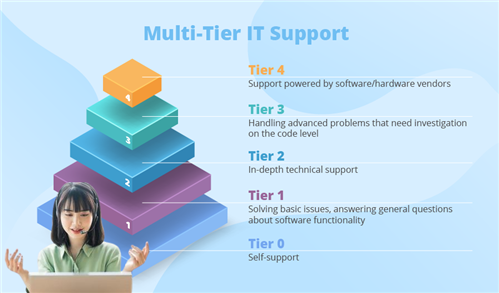
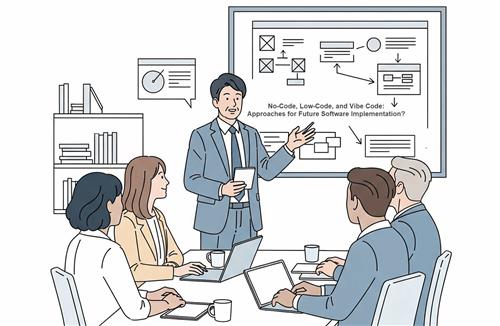






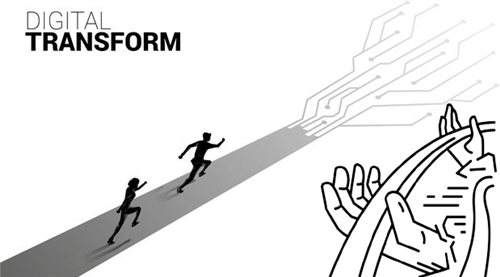
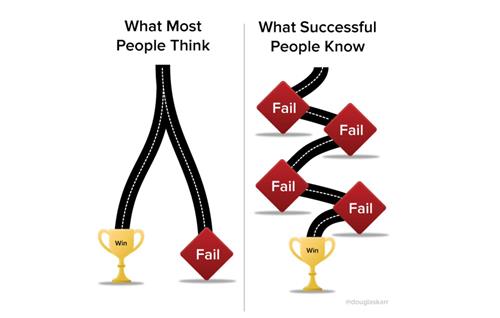


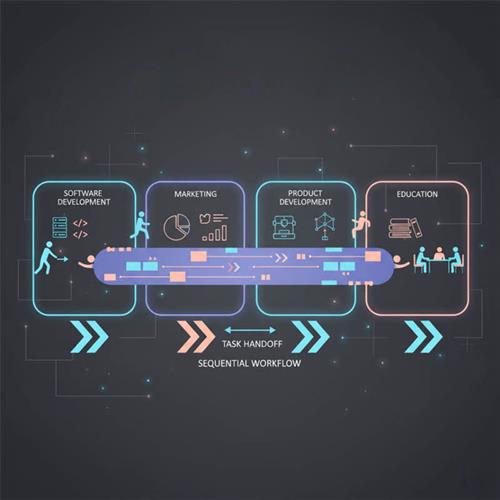



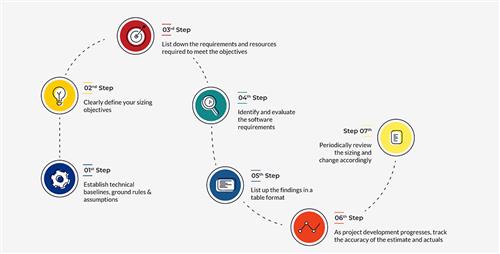

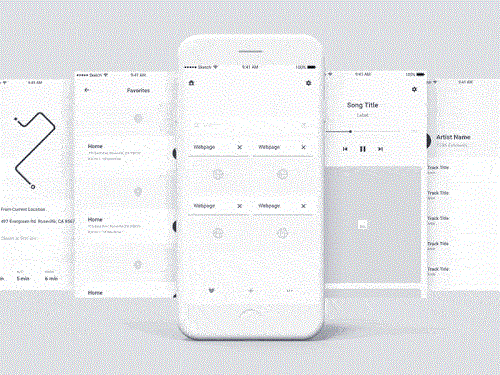










 Link copied!
Link copied!
 Recently Updated News
Recently Updated News